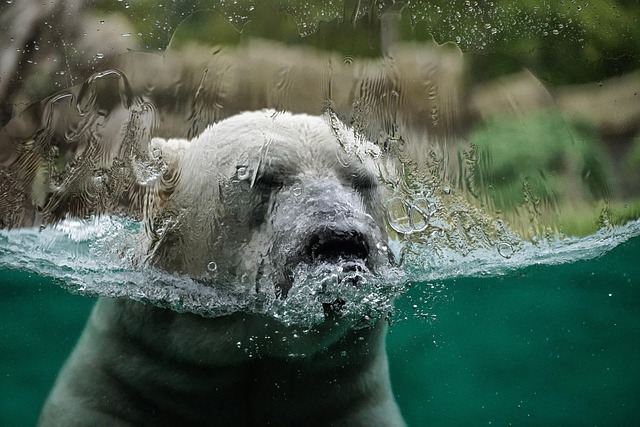Cold water immersion (50-59°F / 10-15°C) stimulates endorphin release, relaxes the body, and regulates temperature. This ancient practice promotes mental clarity, emotional balance, and stress reduction. Integrate it into your routine by gradually immersing in safe locations, preparing with deep breaths, and layering to avoid shock. Slow entry and controlled breathing maximize benefits while minimizing risks like dizziness or hyperventilation.
Looking for a natural way to calm your mind? Cold water immersion, or cold plunging, could be the answer. This practice involves briefly exposing yourself to cold water, typically under 60 seconds, and it’s gaining popularity as an effective method for reducing stress and improving mental clarity.
From understanding the science behind its relaxation benefits to setting up a safe routine and avoiding common pitfalls, this guide explores everything you need to know about harnessing the power of cold water immersion for optimal mental calmness.
Understanding Cold Water Immersion for Relaxation
Cold water immersion, or a cold plunge, is an increasingly popular practice that involves briefly exposing yourself to cold water, typically at temperatures between 50-59°F (10-15°C). This technique has been used for centuries in various cultures for its potential health and wellness benefits. When it comes to relaxation, cold water immersion can be a powerful tool to calm the mind and reduce stress levels.
The practice works by stimulating your body’s response to cold, which triggers a range of physiological changes. The sudden exposure to cold water causes vasoconstriction, where blood vessels narrow, slowing blood flow to core organs. This process helps regulate body temperature and sends signals to the brain, leading to a release of endorphins—natural painkillers that promote feelings of well-being and relaxation. As a result, mind and body become more at ease, reducing tension and anxiety.
Benefits of Cold Plunges for Mental Calmness
Cold plunges, or cold water immersions, have gained popularity as a powerful tool to enhance mental well-being and promote calmness. This simple yet effective practice involves submerging yourself in cold water, typically for a brief period, which can have profound effects on your mind and body. One of the key benefits is its ability to stimulate the release of endorphins, often referred to as ‘feel-good’ hormones, which can significantly reduce stress levels and create a sense of relaxation.
Additionally, cold water immersion acts as a powerful cue for your autonomic nervous system, triggering a response that promotes mental clarity and emotional balance. This sudden exposure to cold water helps regulate your heart rate and blood flow, leading to a calmer and more composed state of mind. Many people who incorporate cold plunges into their self-care routines report improved focus, reduced anxiety, and an overall enhanced ability to manage stressful situations.
Setting Up a Safe and Effective Cold Plunge Routine
To establish a safe and effective cold plunge routine centered around cold water immersion for relaxation, begin by selecting a suitable location. Look for a deep body of cold water like a natural spring or an outdoor pool where you can safely submerge yourself up to your neck. Ensure the area is well-lit and free from hazards, with easy access for entry and exit. Before plunging in, prepare mentally and physically; take a few moments to breathe deeply and center yourself. Dress appropriately in layers to prevent shock, especially during colder months. Start gradually, dipping your feet into the water first to acclimate. Gradually increase immersion depth over time as your body adjusts. Regular practice, combined with proper preparation, can turn cold water immersion into a powerful tool for calming the mind.
Common Mistakes to Avoid During Cold Water Immersions
When diving into a cold water immersion for relaxation, it’s crucial to be aware of common mistakes that can undermine its benefits. One of the most frequent errors is not properly preparing your body. Sudden exposure to extreme cold can cause a dramatic drop in heart rate and blood pressure, leading to dizziness or even fainting. Always enter the water slowly, allowing your body time to adjust to the temperature. Breathing is another critical aspect often overlooked. Holding your breath can increase the risk of hyperventilation and other respiratory issues. Instead, focus on slow, deep breaths before, during, and after the immersion to maintain calmness and control.
Cold water immersion for relaxation can be a powerful tool for calming the mind, but it’s crucial to adopt safe practices. By understanding the benefits, setting up an effective routine, and avoiding common mistakes, you can harness the potential of cold plunges to achieve mental clarity and overall well-being. Incorporate these safe practices into your self-care regimen to make the most of this natural method.
